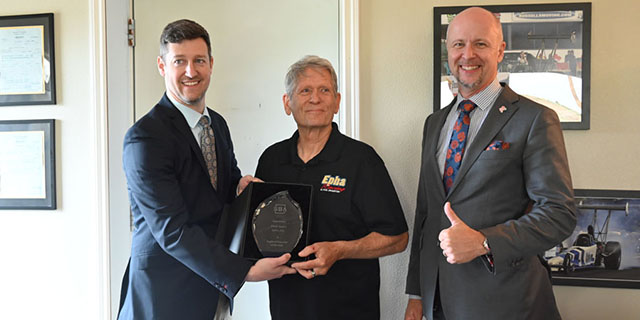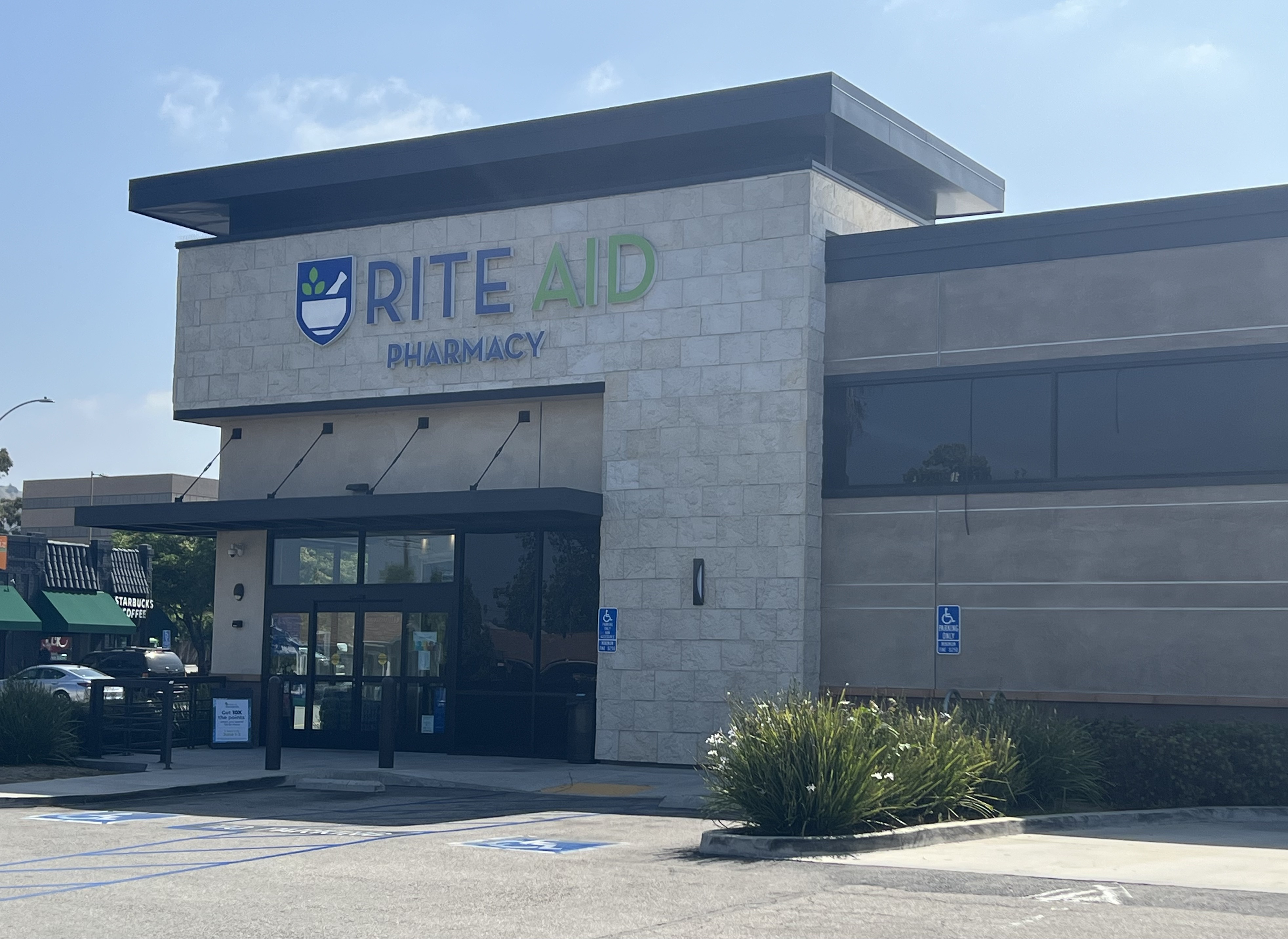Effie Ritchey recalls meeting famed pioneer Ezra Meeker
Published 9:12 am Tuesday, July 15, 2003
I remember the day. I remember it well. The sunshine, the high two-story square, white painted school house standing starkly on the school grounds, not a single tree to cast a shadow or soften the scene.
I had attended four years in Grove School, now in my fifth year. It was one-and-a-half miles to walk to Central. From “just houses” to the business district, past churches then “just houses” and eventually, Central School, (Mi1ton-Freewater).
On this day, April 14, 1910, our teacher told us we were to have an exciting experience.
A man who had come West 58 years ago with a huge wagon train was going to visit us and tell us stories of that journey, and he would be in a covered wagon driving two oxen.
We were marched out two-by-two, seated in long rows on the grass, the little ones in front, of course. We could see down the dusty road, now called Elizabeth. A covered wagon was standing at the edge of the road where Main and “The Road” joined. The oxen were chewing their cuds. The man was digging a hole in the earth. We saw him put a long pipe in the hole, then pack the earth around it, clean off his spade and put it in the wagon.
Next he climbed to the high seat, flicked his whip and the oxen began their slow pace our way. Further down The Road we could see the Stage House on the right side, and nearby was the bridge over a stream called the Little Walla Walla River. The man gave a flick of his whip, turned the oxen in before us and climbed down. Our superintendent hurried to greet him and present the great Ezra Meeker. We clapped and cheered.
Meeker began his story. He stood there – medium in height, silver-gray hair like a halo about his head and a flowing white beard. He told us his forebears came from England to our land, of his boyhood, of going to school at five years of age and of a drunken teacher beating him because he could not pronounce a certain word. We shuddered at this.
He told of driving for oxen when a young lad; of the long, hard hours; his marriage; and the preparations to join a wagon train and “Go West.” He told of terrifying storms; a terrible plague (cholera), so many died; the “Indian Scare;” the terror of crossing the big rivers and the losses of people and their belongings; the terrible heat; and the tiny flies that covered people and animals until all were frantic. The dust was so deep, filling the air so you could scarcely see the animals you were driving.
His word pictures were so vivid you could see the long columns of wagons and animals on the plain, spread wide, the earth so beaten it became like a canal, then narrowing with the mountains closing in to become a single file, the strict rules and the long hours, the buffalo (his description made us shiver), putting cream in a barrel and with all the jolting they had butter in the evening. We thought this very funny.
He told of the trials in cooking the meals, how hard it was in wind and rain, and running short of food supplies. I thought of our stove in the kitchen, for at that age I was making bread, pies and cake and doing all the regular cooking.
I remember his telling of the terrible tiredness and of the brave men and women. I wish I could recall their names. He also told of their establishing schools and churches, businesses and governments. We felt very proud. Many of these brave people were no longer with us. He wanted to drive his oxen over the trail East and plant monuments honoring those who saved the West for our United States.
He told us he had placed a lead pipe in the earth where the Old Road and Main turned a bit to the right to the Stage House and Little Walla Walla River on the way to Whitman Mission.
This pipe was on Shields’ place. This area was not being used for any purpose – just a good quantity of rocks and weeds. Each child had the privilege of selecting one medium-size rock, placing it carefully about the pipe, in a pyramid, then standing back respectfully until all had participated in the ceremony. It was very quiet, sort of a reverence.
Then Ezra Meeker led us in a salute to a small flag, which he carried in his wagon, and in the singing of “America.” He mounted to the wagon, flicked his whip and the oxen began their slow pace toward uptown. He drove by Grove School and settled in for the night in a grove of cottonwood trees by the river. A crowd of surprising size came to see and hear him. Some caring mothers sent food.
There is still a good and much-cherished picture, which belongs to Carmen Buff, and a copy in the Frazier’s House museum.
The next morning he retraced his trail to Main Street and began the steep ascent of the old road to the East and our nation’s capital 2,000 miles away. Here he would be greeted by President Theodore Roosevelt.
(It should be noted the site of the Monument is now 139 S. Main Street, Dr. Michael Garton’s office.) My account of 79 years ago was verified in a most interesting, surprising and unexpected way: Dr. Garton was having some landscaping work done and a large excavator ran against a lead pipe. Investigation proved it was not a water pipe nor a boundary line. It was within a few feet of the site I had indicated some time before. This was the site of the memorial monument placed by Ezra Meeker 79 years before on April 17, 1910. I was so excited and pleased. I’d missed by just a few feet – a bit of a miracle after 79 years.
(This article appeared in Pioneer Trails, Vol. 14, No. 2, Summer 1990, and is available in its entirety at Heritage Station museum.)
(Editors Note: Effie Ritchey still lives in Milton-Freewater and has passed her 100th birthday. She retold her story at the dedication of the Ezra Meeker Memorial in Milton-Freewater on May 18, 1990.)





